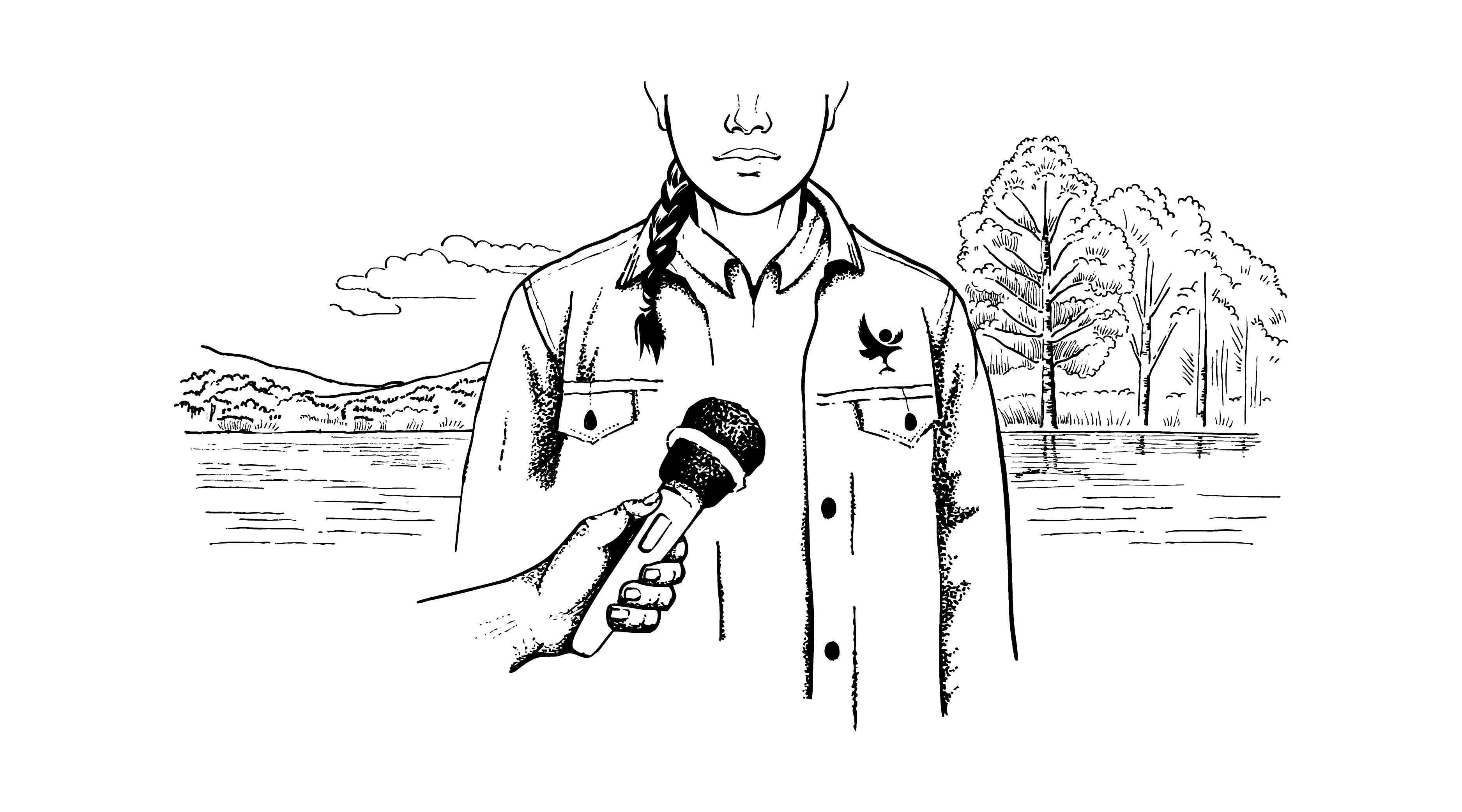Cairngorms National Park to track Ring Ouzels

Cairngorms National Park to track Ring Ouzels
AN elusive mountain bird is to be radio tracked in the Cairngorms National Park in an effort to determine the cause of its decline in recent years.
Ring ouzels – also known as mountain blackbirds – experienced an estimated 57 per cent decline in their breeding numbers of 57 during 1990 to 1999.
Recent research by the Royal Society for the Protection of Birds (RSPB) in Scotland and co-funded by Scottish Natural Heritage (SNH) suggested the decline might be linked to climate change. One theory is that increases in UK temperatures during July and August could be affecting the ring ouzel’s food supply. It is thought that this is causing the ground to dry out during late summer and thereby reduce the availability of earthworms or possibly affect the berry crops on moorland.
The ring ouzel project aims to investigate this possible explanation. It is being funded by the RSPB – who are also carrying out the work – Cairngorms National Park Community Investment Programme, Cairngorms Local Biodiversity Action Plan (LBAP) and Scottish Natural Heritage (SNH) and will focus on the Braemar area where ring ouzel nests have previously been monitored.
Innes Sim , RSPB research biologist and the project leader, said: “The decline in ring ouzel numbers is not thought to be caused by poor breeding success, rather this has increased at regional study areas as the populations declined. We think that the main problems may occur after the breeding season once all the chicks fledge. Very little is known about what the birds do in this period and before they migrate to south-east Spain and Morocco where they spend the winter. 2007 is the second of a three-year project where we have fitted small, two gram radio tags to around 25-35 chicks just before they fledge.
“This allows us to track the juvenile birds and monitor their movements, preferred habitats, diet and survival for around three to four months, after which the tags should stop transmitting signals and fall off. If the theory of a reduced food supply is upheld, this could be having a serious effect on the ring ouzel’s condition prior to migration. Our findings could be crucial to understanding how the future management of upland areas could help ring ouzels and the RSPB would like to thank the CNP Community Investment Programme for a grant contribution towards the costs of this year’s fieldwork”.
Justin Prigmore, Cairngorms LBAP Officer, said: “There has been a decline in the number of ring ouzels returning to the Park in recent years. This is a serious concern as these charismatic birds epitomise the uplands and are a barometer for the health of the area. It is therefore vital that we determine what is behind their decline.
“This project is very important in establishing that and hopefully it will allow us to understand how we can help reverse the decline and ensure ring ouzels are a welcome and familiar sight in the Cairngorms National Park for years to come.”
Isla Martin, SNH area officer, said: “Ring ouzel song, along with the calls of raven and ptarmigan, inspire a sense of place in Scotland’s hills. This challenging project will hopefully help us understand the worrying decline in the ring ouzel population and provide information on how management of these areas could help ring ouzel populations thrive in the Cairngorms.”
Colour rings are also fitted around the chick’s legs with each one given a unique combination allowing individual recognition. The RSPB can then record the number of birds returning annually to the study area. Hill-walkers and ramblers can help with this part of the project by reporting any colour-ringed sightings. Observers should note the date, place and grid reference where the ring ouzel was seen and, if possible, the specific colours on each leg.
Dr Graham Rebecca, RSPB Conservation Officer for north-east Scotland and a member of the research team, added: “The very serious decline of one of our characteristic mountain birds has caused concern amongst conservation bodies in the UK. We were perhaps fortunate to have a good knowledge of the status of the ring ouzel in the Braemar area, enabling this important study to be located there. The radio-tracking should give us vital information on the ring ouzels post breeding ecology and survival. We hope these results will guide management that can be used to help redress the recent declines.”
Sightings can be reported by telephone to the CNPA at 01479 873535, or by e-mail to [email protected] or [email protected]
Alert
Latest from the National Park
Pulling together in wake of wildfires
An update from Park Authority Convener Sandy Bremner and Chief Executive Grant Moir on collective efforts to tackle wildfires in the National Park going forward.
The Moorland Indicators of Climate Change Initiative
Update on wildfire situation
Convener Sandy Bremner and Chief Executive Grant Moir have given an update on the ongoing wildfire situation.
Relevant alerts
-
There is an extreme risk of wildfire impacting the National Park from Friday 11 July until Monday 14 July.
- Do not light any fire or barbeque
- Always ensure cigarettes are fully extinguished and take your litter (including glass) away with you
- Enjoy the outdoors responsibly - most wildfires are caused by human activity
- Stay alert - with dry vegetation and warm weather, fires can start easily, spread rapidly, and burn intensely
- If you see a wildfire, dial 999
For updates, visit the Scottish Fire and Rescue Service website.




